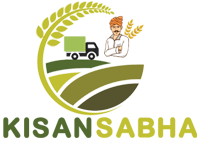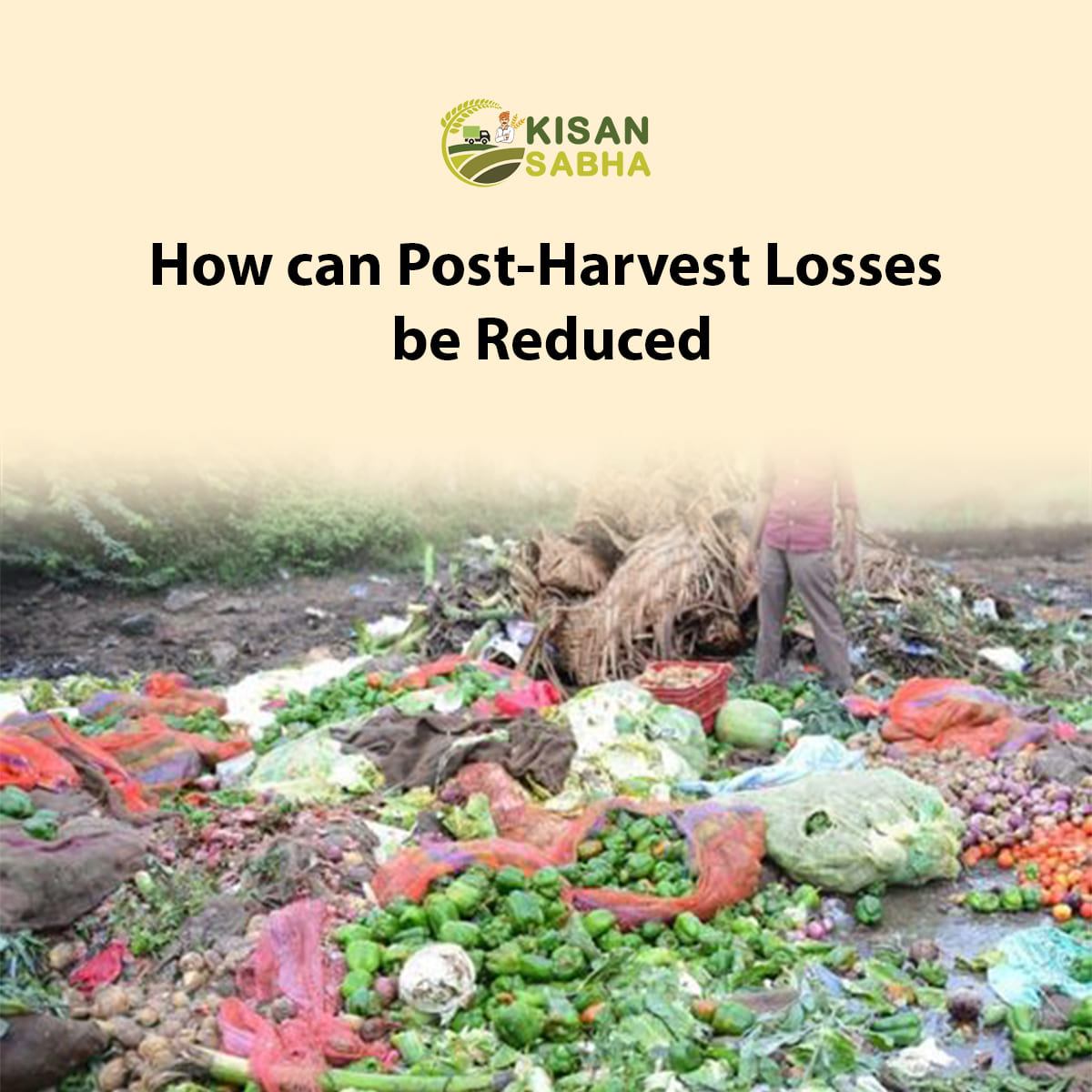One of the main problems endangering the food value chain is post-harvest loss. Many nations are worried about food security and world hunger as a result of these losses. Recent studies have shown a significant increase in fruit and vegetable losses; therefore, it is critical to stop these losses to support the global population. This blog will cover the nature, causes, and prevention of post-harvest losses.
What are Post-Harvest Losses?
Post-harvest losses begin in the field with the events surrounding the harvest and continue after harvest with grading, packing, storage, transport, and wholesale and retail market transactions. A majority of the losses stem from poor infrastructure, a lack of trained personnel, bad management, a broken market, or farmer negligence.

Post-Harvest Losses and Their Causes
Harvesting
The harvesting is a critical operational unit wherein it impacts both the fine and the shelf lifestyles of the produce and prevents large losses among the culmination and vegetables. Furthermore, it depends on the maturity stage of the crop, as well as the climate, for the suitable time to harvest.
The following are the primary causes of harvest losses: –
- Maturity index- Some farmers harvest crops before they reach maturity and export them to local markets. If producers do not harvest the produce at the proper maturity stage, they can incur huge losses.
- Harvesting season poor weather – interferes with the functionality of harvesting machinery or human handling and in most occasions influences the moisture levels of harvested crops.
- Inappropriate methods of harvesting, poorly chosen, or poorly constructed tools and equipment, and containers all lead to loss due to, for example, rough handling, or harvesting at an unsuitable time.
Read More:- Innovative Technologies to Detect and Prevent Crop Diseases
Transportation
Because it adds a specific amount of time between production and consumption, transportation can be one of the leading causes of losses, particularly for fresh items. Other factors, such as insufficient transportation, a lack of refrigeration trucks (cold chain transportation), poor roads, and ineffective logistics management, make it impossible to properly preserve perishable items. Furthermore, loading and unloading procedures are performed in a hazardous manner. Agricultural goods are frequently improperly packaged, loaded, and thrown into vehicles. Produce losses during transit increase as a result of poor roads in rural areas where the majority of production occurs. Agricultural items suffer mechanical damage as a result of this.
Grading
Grading categories are produced into different grades based on weight, size, color, form, and disease. There are several root causes of post-harvest losses in the grading phases, including a lack of national standards, poor implementation of existing standards, and a lack of knowledge, expertise, and financial resources.
Labeling and Packaging
After harvest, workers frequently transport fresh produce from the field to a packing facility or distribution center. Farmers often sell their products wholesale in unpackaged form or in bundles. If farmers do not sell fresh produce quickly, this type of market handling significantly reduces its shelf life. Low-quality packaging materials cannot adequately protect fresh produce from damage and may even hasten deterioration.
How can Such Losses be Avoided?
Harvesting
- It is very important to set the proper maturity date for fruits and vegetables to have the most effective harvest. Some of the factors regularly taken to measure the ripeness of fruits include; sugar content, pH, and acidity levels.
- Harvesting techniques can lead to serious and permanent harm to horticultural crops regardless of the weather. To reduce damage during harvest, harvesting methods for each fruit and vegetable must be standardized.
- Harvesters should be cautious when digging, trimming, picking, and handling fruits and vegetables to reduce waste and damage.
- Employees picking fruits and vegetables in the field should use containers that are easy to handle. Many crop producers bag after harvesting. The type of fruit or vegetable determines the selection of the harvesting container.
Transportation
- Produce should be kept at the best possible temperature during transportation. Proper storage of perishable foods requires effective methods in regulating and maintaining appropriate temperatures, and good methods of airing out the foods.
- Cold chain is the use of thermal and chilled packaging, plus the planning of the moving process of perishable food from the producer to the consumer. This helps in maintaining the quality and equally helps in increasing the shelf life of these shipments.
Storage
Many types of storage buildings can help keep fruits and vegetables fresh. Generally, these structures need to be cool, which means they should be refrigerated or at least well-ventilated and shaded. Also, the quality of the produce stored must be high. One effective method is Controlled Environment Storage (CAS). This method not only keeps the right temperature but also controls humidity and air quality inside the storage. By using CAS, farmers can better preserve the quality of their harvest after picking. In this way, they can reduce waste and provide fresh food for longer.
Packing
The ability of fresh produce to last after harvest is heavily dependent on temperature, relative humidity, and ventilation. As a result, the guidelines for packaging fresh fruit are as follows:
- Antimicrobial degradation and contamination protection
- Physical injury and bruise protection
- Prevent weight loss and moisture accumulation.
- Providing breathing and gas exchange ventilation,
- Delaying ripening, slowing respiration, and increasing storage life.
- Managing the ethylene concentrations in the package
Conclusion
To fight poverty and ensure everyone has enough food, we must keep losses of fruits and vegetables after harvest very low. Even though many losses happen when consumers buy fresh produce, weak supply chains in developing countries make this problem worse. Therefore, it is important to use the right tools and new ideas to reduce these losses.




